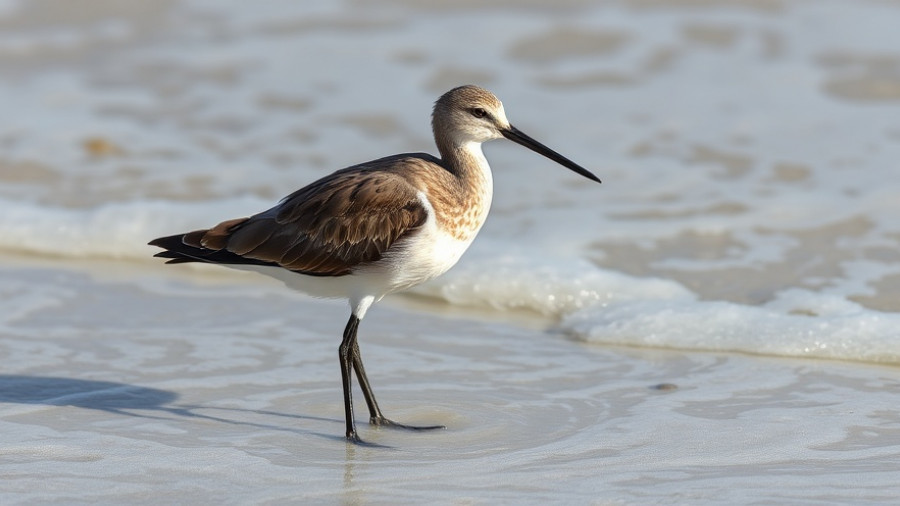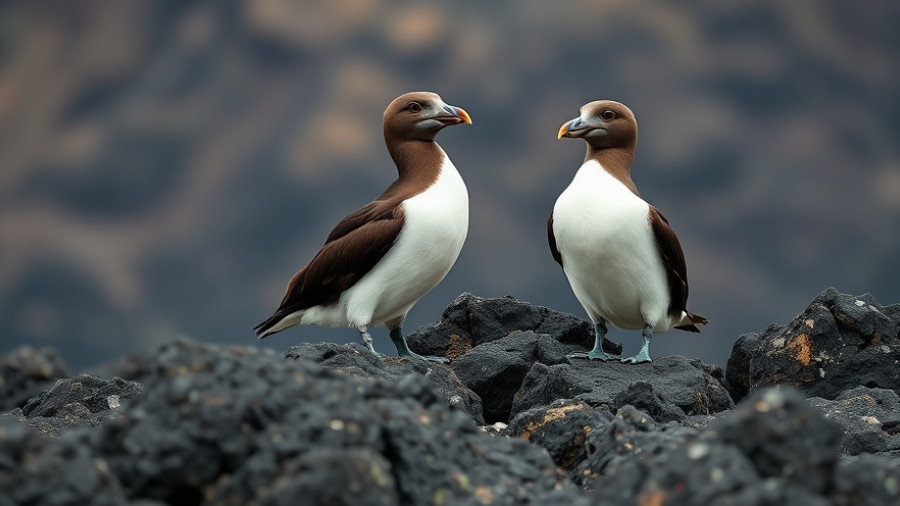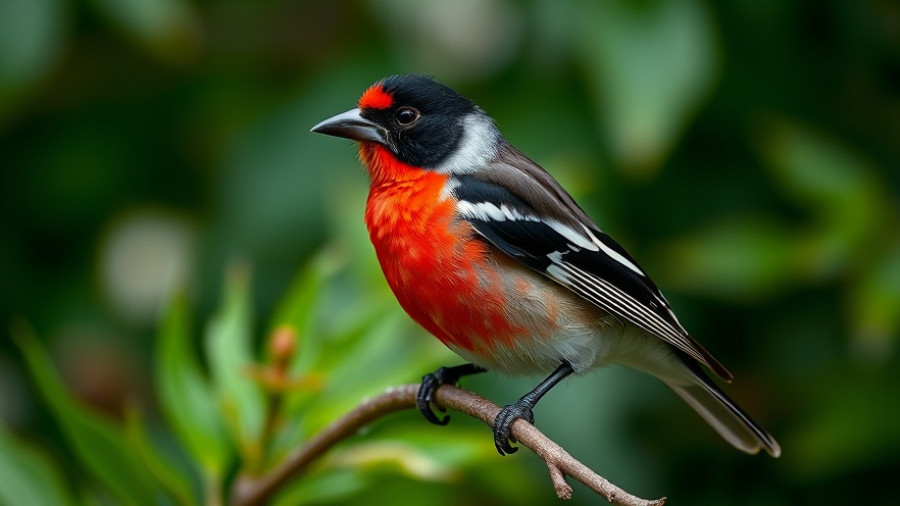
Understanding the Struggles of Mojave Raptors
The Mojave Desert is a breathtaking expanse of arid beauty, home to diverse wildlife, including majestic raptors. However, these birds of prey, such as the Harris's Hawk and Turkey Vulture, are facing alarming challenges due to climate change. This issue hits particularly hard as a result of rising temperatures and diminishing water sources, which can have devastating impacts on their survival.
Climate Change: The Hidden Threat
Biologist Blair Wolf highlights that climate change is creating harsher conditions for desert raptors. “Desert species have a special set of challenges,” he states, pointing out that extreme heat and limited water lead to fewer prey animals such as mice and insects—both crucial for providing the water raptors need. With praying mantises and lizards becoming scarce, these birds are left desperately searching for sustenance amidst a changing landscape.
A Look Ahead: Future Implications for Raptors
This trend of increased heat poses significant reproductive challenges for raptors. Continuous exposure to temperatures that soar above 95 degrees can critically affect their ability to breed successfully. Wolf warns that even slight temperature increases can result in higher mortality rates among these species. The future looks daunting; as climate conditions worsen, raptors could face devastating declines.
Resilience in the Face of Adversity
The sight of a Turkey Vulture soaring over a well-watered golf course serves as a stark reminder that while isolated oases exist, they cannot replace natural habitats essential for raptors' long-term viability. As we ponder the survival of these extraordinary birds, it becomes clear that addressing climate change is not just an environmental concern but a necessity for preserving biodiversity in beautiful yet fragile ecosystems like the Mojave Desert.
 Add Row
Add Row  Add
Add 




Write A Comment